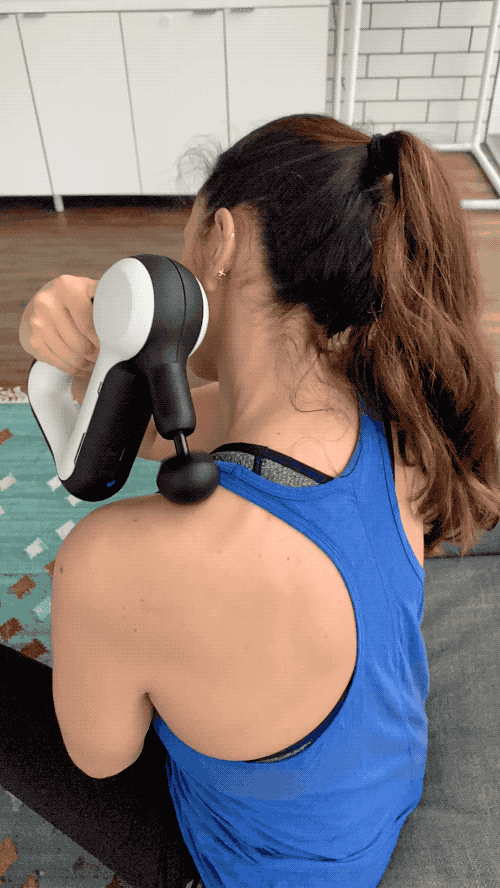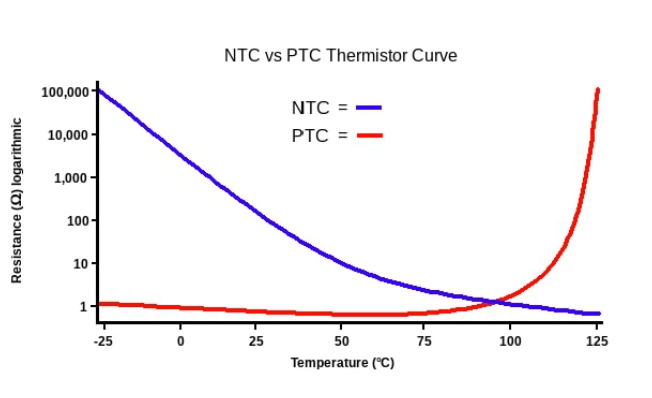How does a Theragun work?
Hey friends, Happy New Year!
Looking back at 2023, I realized that health is truly the most important aspect of my life. It bleeds into everything else no matter what. So I’m kicking off this year with a gadget related to health and wellness.
Let’s look at how a Theragun works this week. I aim to write my newsletter issues in a way one can follow them while traveling on a bus, having a coffee, waiting for food, etc. Let's jump in!
How it works: 15-second answer
Figure 1: Theragun in action
Theragun is a percussion massage device designed for at-home use. It is a handheld power tool and uses rapid, repetitive strokes to stimulate blood flow, relieve muscle tension, and improve overall mobility.
It converts the rotational motion of the motor to linear motion using a slider crank mechanism.
How does a Theragun work?
Triangular support
Figure 2: Theragun
The massage gun is triangular shaped for you to be able to hold them at different angles. In this way, you can reach different parts of your body yourself and not need anyone’s assistance.
Slider crank mechanism
This is the essence of how the massage gun works. The spinning motor's rotational motion is converted into a linear motion of the massaging rod with a rubber attachment as seen in Figure 3 below.
Figure 3: Spinning motor (Left) pushes the massaging rod (Right) back and forth linearly
And the following is how it is implemented on the Theragun. Activated by a power button, the motor starts spinning. A disc with an off-centered mass is attached along the axis of the motor as seen in Figure 4 below. Consequently, this offset mass undergoes circular rotations.
Figure 4: Mechanism inside a Theragun. Off-centered mass doing circles (Left); Notice the sliding rod on the right moving back and forth. Video credits: AvE @arduinoversusevil2025
The sliding massage rod that moves back and forth is constrained to move linearly due to the shape of the surrounding shell.
A rubber-like soft material (made of polyurethane foam) is attached on its end which does the massaging work on the body through linear percussions at a rapid speed. These vibrations increase your blood flow.
This is how a Theragun works!
Other Basics
This has a lithium-ion battery that can stay alive for up to 2 hours after a full charge. The brushless motor spins at five different speeds ranging from 1750 ppm - 2400 ppm [ppm is percussions per minute]. It costs around $400. I’m not recommending this product to anyone as my last few sentences might sound like I’m selling it. I have never used this myself.
For Geeks - Answer to the question I posed last week
The topic covered here in this answer is beyond the scope of our newsletter’s mission. The idea is to only share the essence of how a gadget works but not grind into the in-depth details and make it very academic. I’m making an exception here. So please feel free to skip this section.
Last week, I asked why we’re using an NTC thermistor instead of a PTC thermistor for a thermostat.
NTC thermistor - When the temperature in the room goes down, the thermistor's resistance goes up. And also vice versa. When the temperature goes up, the resistance goes down.
PTC thermistor - This type is the opposite. When the temperature in the room goes up, the thermistor's resistance also goes up. And vice versa.
However, we cannot use the PTC thermistor in a thermostat because of the following behavior in Figure 5. A typical room temperature can be anywhere between -20 C to +50 C based on where you are in the world. Notice that the resistance doesn’t change in a PTC thermistor in this range. However, an NTC thermistor has an almost linear transition. And so the thermostat can map the different resistances to different temperatures, to then find the temperatures of your room. This is why an NTC thermistor is a better-suited one than the PTC one for a thermostat in our homes.
NTC means Negative Temperature Coefficient. PTC means Positive Temperature Coefficient.
Figure 5: PTC and NTC thermistor resistance in response to temperature
Thought of the week
Microwave ovens are the coolest gadgets, after a Rocket.
You place the food inside a closed chamber. You can’t see anything, except it’s spinning. There is no fire, and there is no loud noise. The chamber is closed and solid, ensuring you're safe from the waves. All you do is set a timer, and voila! Your cup noodles are ready in a minute. What’s cooler than this?
I know we have the internet, smartphones, etc. but microwave oven patents were filed 40 years earlier!
Let's not forget to be grateful for these amazing and simple inventions that have improved our lives. So what are your favorite conveniences? Take a moment to be grateful for them - and share it with me by hitting reply.
Thank you for reading!
Have an amazing rest of the week, and take care!
Until next to next Wednesday,
Chendur





